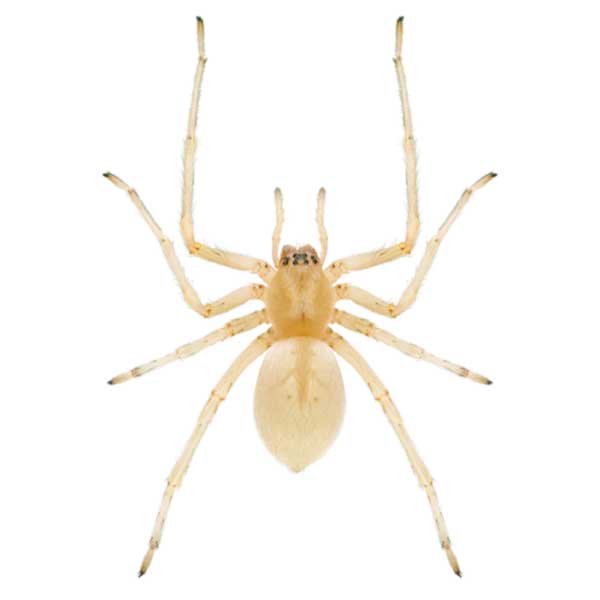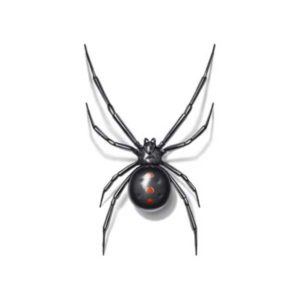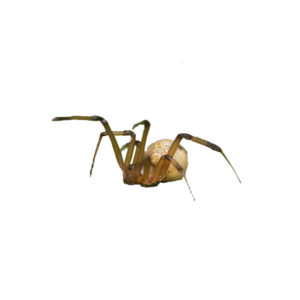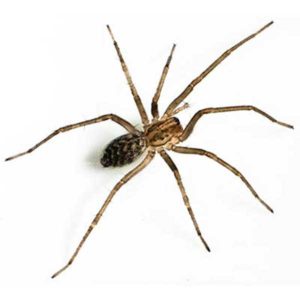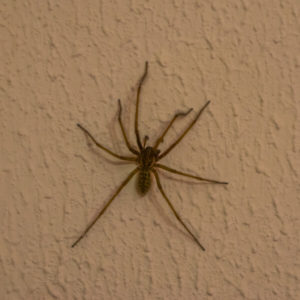Sac Spiders in Anaheim
Often called ‘yellow sac spiders’ due to their yellow-green coloration, sac spiders are very common here in Anaheim. Like most spiders, they prefer to avoid humans and usually enter homes by mistake. Sac spiders are usually found in gardens where they can feed on various spider species and garden insects. If they sneak indoors, people often confuse them for brown recluses because of the similar shape. To tell which type of spider you have, look on the back for a ‘fiddle’-shaped marking; brown recluses have this pattern, while sac spiders do not.
Sac Spider Habitat
Sac spiders prefer to stay outside where they build their sac-shaped webs in gardens. The webs are usually placed under vegetation, inside tree bark, or in other organic debris. While they’re usually found outdoors, sac spiders may accidentally hitch a ride into homes through agricultural products like grapes. During the fall, you might spot these spiders indoors as they seek warmth due to dropping outdoor temperatures. Sac spiders are good climbers and create silk retreats, similar to sacs, where walls meet other walls or ceilings.
Sac Spider Behaviors, Threats, or Dangers
Sac spiders are hunters and primarily use their silk sacs for shelter and egg capsules. They are active at night, hunting for other insects. Their bites can sometimes be mistaken for brown recluse spider bites. While the injuries develop in a similar way, sac spider bites are much less severe. Though painful, it usually isn’t medically significant unless you’re allergic. If you experience major swelling, slow healing, or ulcerated sores near the site of the bite, seek medical attention for assistance.

